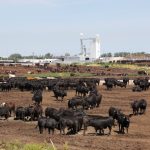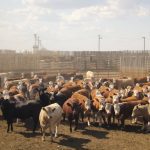For the week ending May 2, Western Canadian feeder cattle markets were relatively unchanged compared to seven days earlier. The heifer discount to steers continues to narrow. Steady buying interest from Ontario was noted in Manitoba and certain locations in Saskatchewan.












